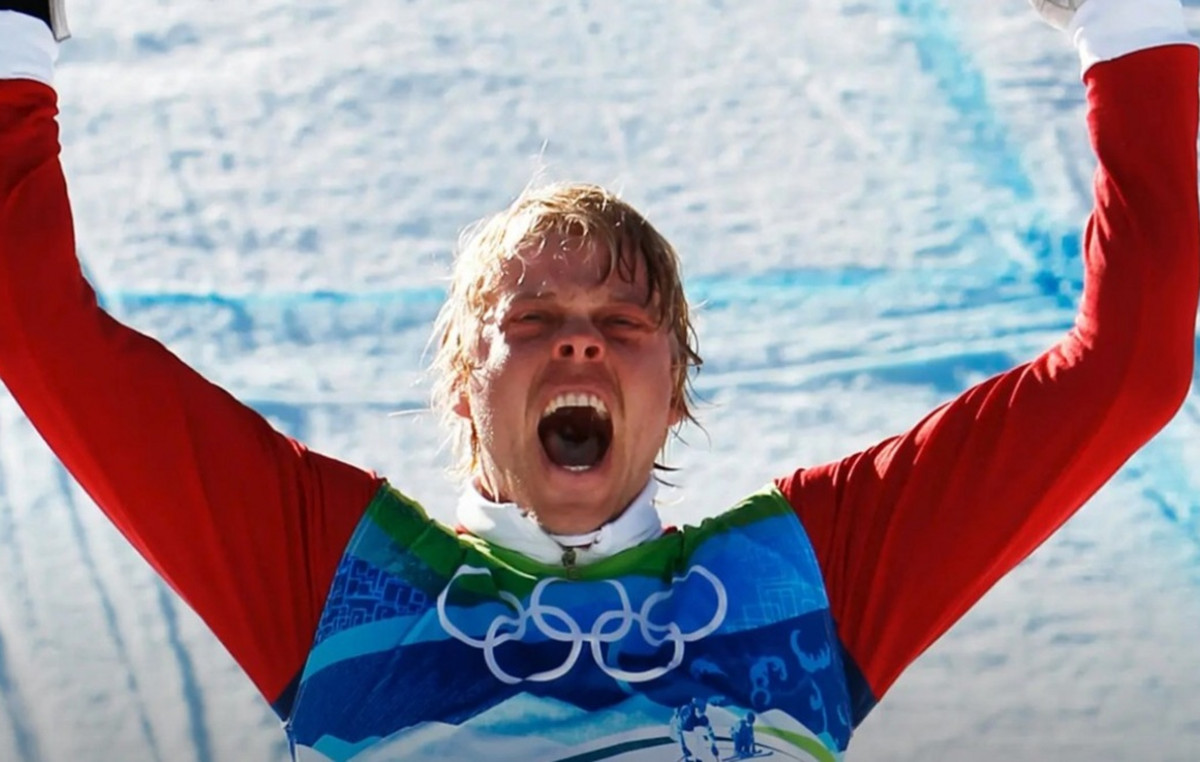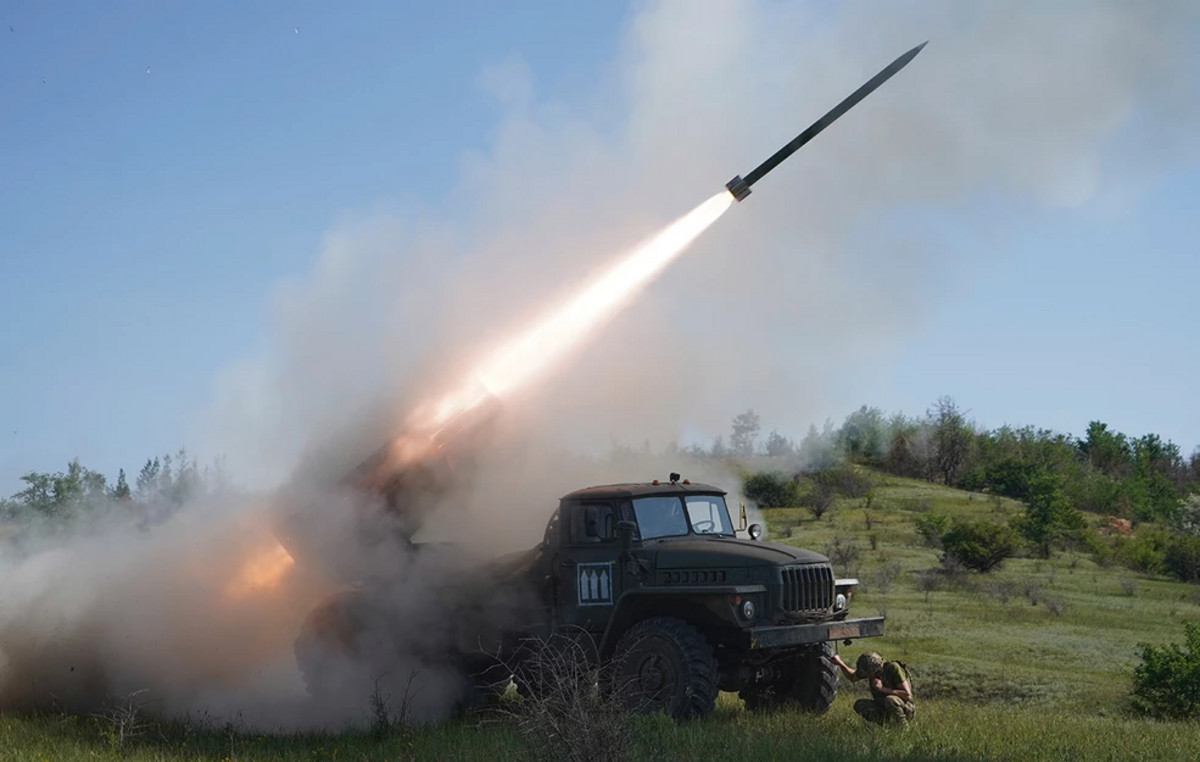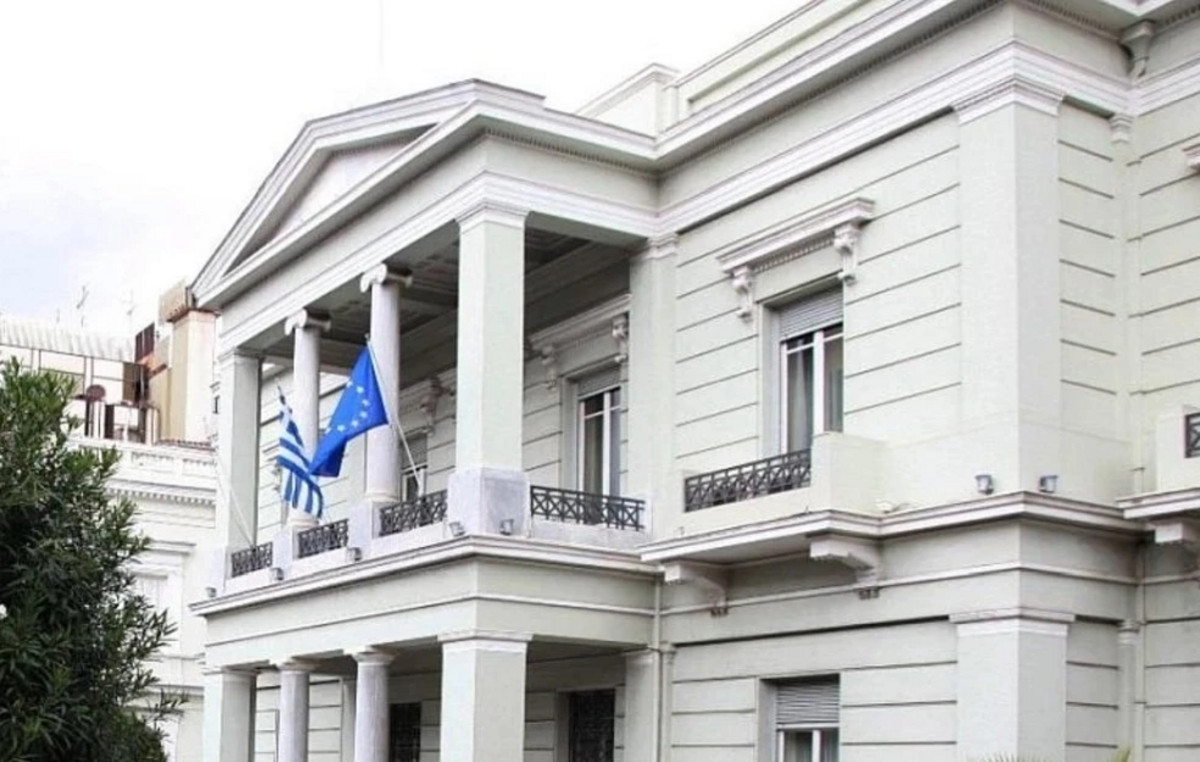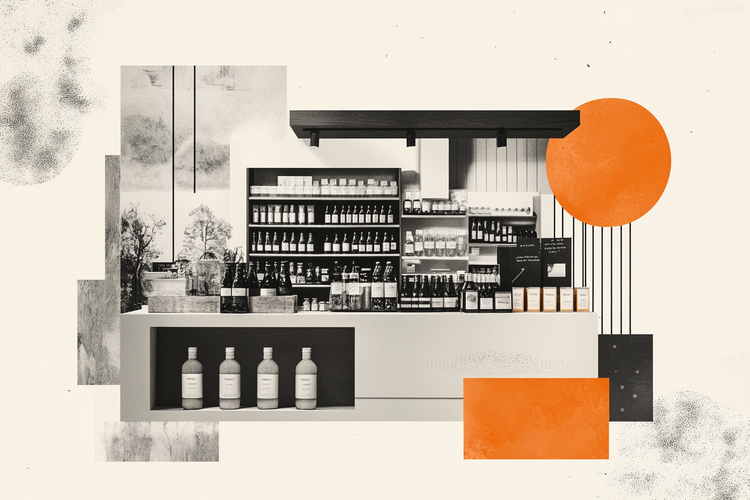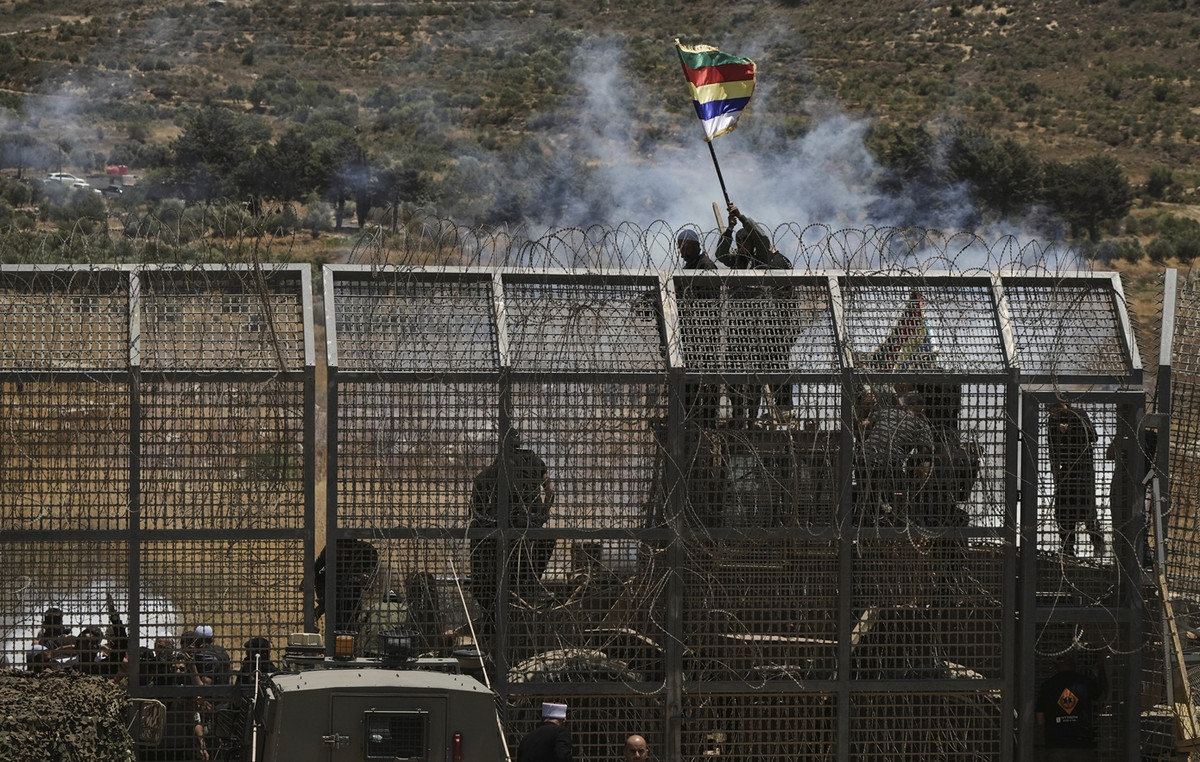O dollar rose 2.15%, quoted at R$5,134, around 9:16 am this Friday (17), reflecting an increase in risk aversion this week, influenced by the more aggressive movement of the central banks of large economies in the fight against inflation and fears that it will lead to a global recession. As a result, riskier markets, such as Brazil, end up losing investments.
In the United States, the Federal Reserve raised interest rates by 0.75 percentage point at its highest since 1994, and left a door open for a increase of the same magnitude in July. Investors reinforced bets that the country’s economy will enter recession to control the highest inflation in 40 years.
Also this week, the central banks of Argentina , Brazil, Hungary, England and Switzerland raised their interest rates. THE high by the Swiss central bank took the market by surprise, and it was the first in over a decade, which worsened global sentiment.
Brazil’s basic interest rate, the Selic rate, rose to 13.25% with the Monetary Policy Committee (Copom ) signaling that interest rates will rise again at the next meeting, in August, by a maximum of 0.5 percentage point, when the upward cycle should end.
Internally, the market follows developments around a increase in fuel prices for the Petrobras expected this Friday. The president of the Chamber of Deputies, Arthur Lira, and President Jair Bolsonaro criticized the movement, and there are fears of possible interference in the state-owned company and efforts to change the price policy, which could repel foreign investment.
The stock exchange had no operation on Thursday (16), due to the Corpus Christi holiday. On Wednesday (15), the dollar dropped 2.07% to R$5.027, the biggest percentage drop in about a month. already the Ibovespa rose 0.73% to 102,806.82 points.
overall feeling
Investors still maintain a strong global risk aversion triggered by fears about a possible general economic slowdown due to a series of interest rate hikes around the world to contain record levels of inflation, which would harm many types of investments.
The main cause for this aversion is the cycle of interest rate hikes in United States with the most recent increase announced by the Federal Reserve on May 4th. The autarchy has already raised interest rates by 0.75 percentage points, the biggest increase since 1994, and the market fears that the country’s economy is heading for a recession.
Higher interest rates in the United States attract investments to the country’s fixed income due to its high security and favor the dollar, but harm bond markets and stock exchanges around the world, including the US.
At the same time, investors are following data on the country’s economy to understand how aggressive the Fed could be in the process.
At the end of May and beginning of June, for example, the view that the municipality would not be so aggressive in the cycle and the end of lockdowns in important cities in the China alleviated fears and helped the Ibovespa and the dollar to recover.
In recent weeks, however, the scenario has changed. THE may inflation from the United States signaled a more negative picture, reinforcing higher terminal interest bets. The European Central Bank (ECB) signaled interest rate hikes starting in July, while the China faces a new increase in Covid-19 cases with fears of new restrictions and fiscal risk in Brazil has regained strength.
As a result, the combination of a weakened domestic scenario and the prospect of strong monetary tightening abroad once again harmed the Brazilian market.
Test your knowledge about the Ibovespa
Let’s start with an easy one: what is the Ibovespa?
Who is responsible for calculating the Ibovespa?
What types of assets are eligible to be listed on the Ibovespa?
Which of these is NOT a criterion for a stock to enter the Ibovespa
How many shares are currently in the Ibovespa theoretical portfolio?
How often is the Ibovespa theoretical portfolio reviewed?
What is the most important stock on the Ibovespa?
What is the smallest share on the Ibovespa?
Each Ibovespa point is equivalent to 1 real. This statement is
What is the historical record for closing the Ibovespa?
Try again!
Tip: follow CNN Business to understand more about Ibovespa
Nice job!
You know a lot about the Ibovespa, but you could know a little more
Sensational!
Congratulations! Are you an Ibovespa expert?
*With information from Reuters
Source: CNN Brasil

